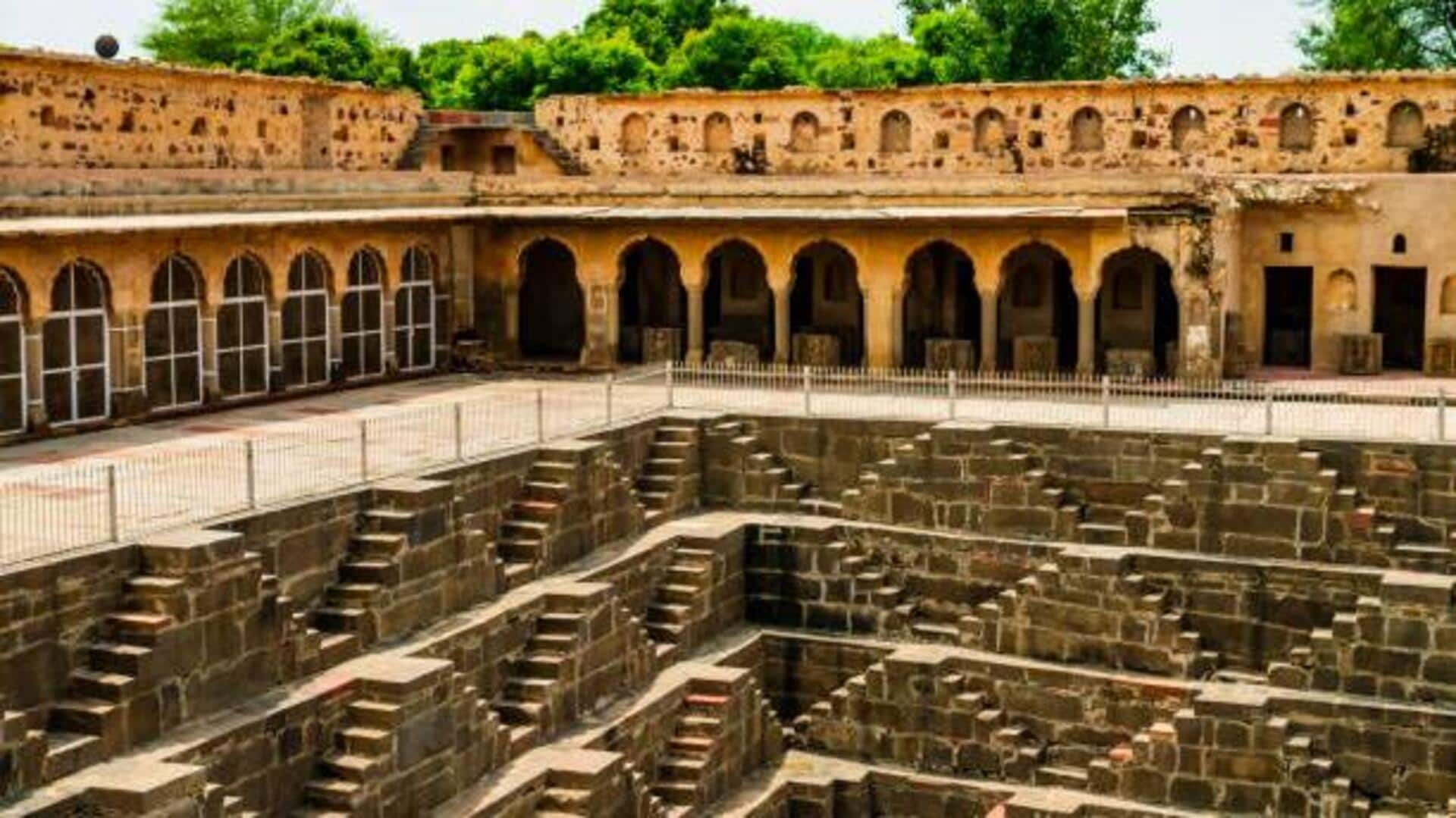
You must explore these ancient stepwells in India
What's the story
India's stepwells, constructed from the seventh to the 19th centuries, are marvels of ancient architecture. Used as water reservoirs and social hubs, they showcase intricate designs and engineering prowess. Scattered across India, every stepwell has unique features and historical value, providing a glimpse into the country's past and highlighting ancient water conservation practices.
#1
The marvel of Rani Ki Vav
Located in Patan, Gujarat, Rani ki Vav is one of India's most famous stepwells. Built in the 11th century by Queen Udayamati in memory of her husband King Bhimdev I, this UNESCO World Heritage Site is famous for its intricate carvings and sculptures. The seven-level structure descends into the earth with over 500 principal sculptures depicting Hindu deities and mythological scenes. Rani ki Vav is a testament to the artistic excellence of that time.
#2
Chand Baori: A geometric wonder
Chand Baori is located in Abhaneri village near Jaipur, Rajasthan. The stunning stepwell, which was built around the ninth century, is famous for its beautiful geometric design with thousands of symmetrical steps laid over 13 stories. The well was built to offer respite from Rajasthan's arid climate by storing water efficiently, even as it served as a community space for locals to assemble on hot days.
#3
Agrasen Ki Baoli: Urban oasis
Located in the heart of Delhi, Agrasen Ki Baoli is an urban oasis, a respite from the pandemonium of the city. Thought to be constructed by Maharaja Agrasen in the 14th century AD, the place is shrouded in mystery as not much is documented about it. Nevertheless, it is an important landmark, merging ancient architecture with the modern-day, and a must-visit for history-lovers in the capital.
#4
Adalaj Stepwell: Architectural fusion
Adalaj Stepwell, located near Ahmedabad, Gujarat, is a fine example of Indo-Islamic architectural fusion from the late 15th century. Built under the patronage of Queen Rudabai, wife of Vaghela chief Veer Singh, it is exquisitely ornate. Floral motifs and Islamic calligraphy blend with Hindu iconography to create a harmonious aesthetic. This stepwell was designed for optimal space and resource use, ensuring its relevance even today.